With the reservation asthmatic being reworked in Jammu and Kashmir, more than half of the admissions in professional courses, government jobs and promotions will be reserved for sections of the society that is not even half of the overall population, reports Yawar Hussain
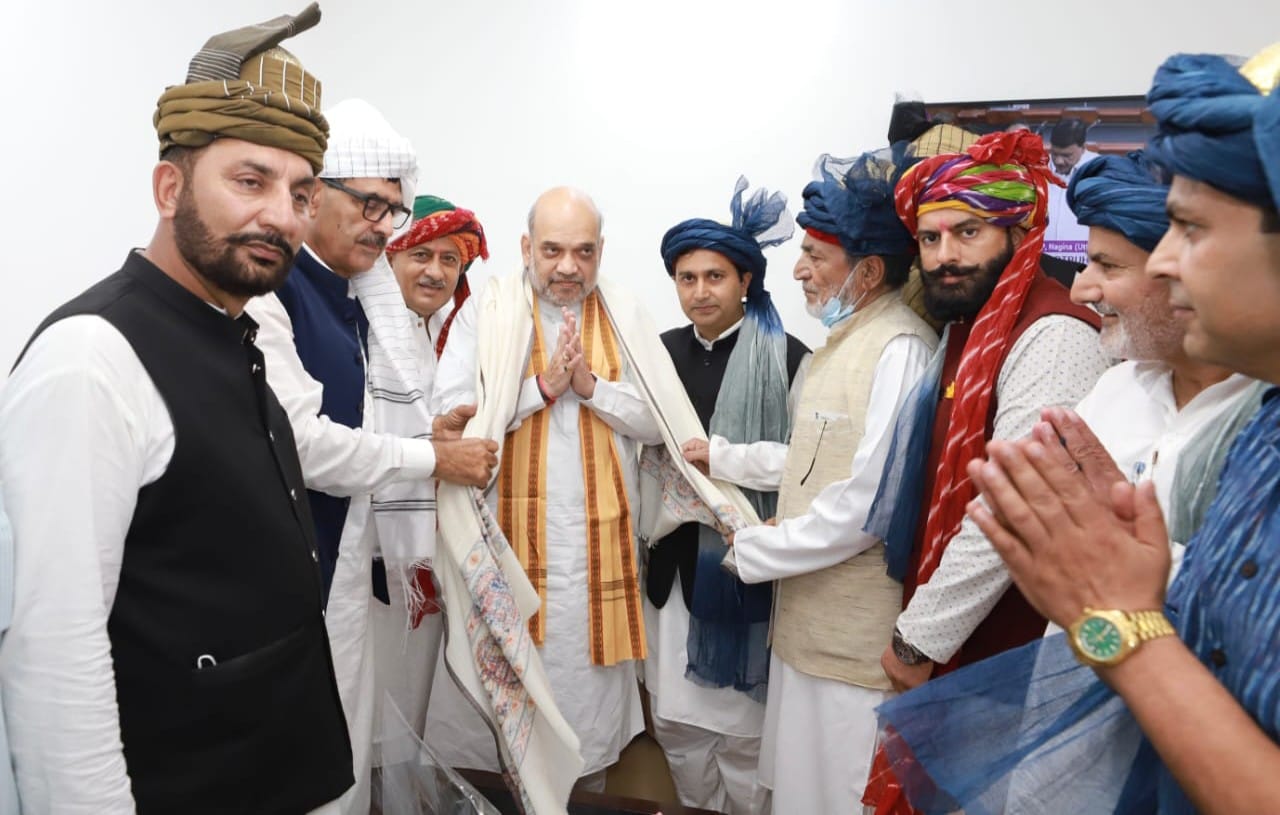
The reservation in jobs, admissions, and promotions in Jammu and Kashmir is expected to breach the current 60 per cent quota as the government is mulling increasing reservation percentages of Pahari Speaking People (PSP) and Other Social Castes (OSC) from the current four per cent each, which these communities enjoy, respectively.
The shift in the reservation bogey post-August 5, reached a new high after Home Minister Amit Shah announced that the PSP, who got four per cent reservation in 2020, will now be included in the Scheduled Tribe (ST) category, which currently has 10 per cent reservation in Jammu and Kashmir. Shah, however, asserted that the current STs, Gujjar and Bakerwal communities, would not be deprived of their reservation percentage indicating that the quota of the STs in Jammu and Kashmir could be 14 per cent or more.
Last week, the Jammu and Kashmir administration replaced the word PSP with Pahari Ethnic Group PEG),’ which is being seen as a prelude to granting ST status to the community. The government has also added Paddari Tribe along with Koli and Gadda Brahman in the ST fold.
Besides, the government is mulling increasing the reservation percentage of OSCs in Jammu and Kashmir who currently enjoy four per cent reservation. In this regard, the government put in abeyance its own recent order of including 15 new castes into the OSC list. A source in the administration said that the government is likely to rechristen Other Social Castes (OSC) as Other Backward Castes (OBC) and enhance their reservation percentage.
The enhanced reservation numbers, sources indicate would be taken out of the Reserved Backward Areas (RBA) category, which could cease to exist. At the national level and in some States/UTs, the OBCs enjoy 27 per cent reservation.
However, an additional reservation to OSCs or STs, without a reduction in existing reservation percentages, will further push the open merit category into a minority in Jammu and Kashmir.
Newly Reserved
In post-August 5, 2019, in Jammu and Kashmir, reservations stand at 60 per cent. It includes 8 per cent for Scheduled Castes (SC), 10 per cent for STs, 4 per cent for OSC, 4 per cent for Residents of Actual Line of Control and International Border, 10 per cent for RBA, 4 per cent for PSPs, and 10 per cent to Economically Weaker Sections (EWS). Besides, there is a horizontal reservation of 6 per cent for ex-Servicemen and 4 per cent for Physically Challenged People.
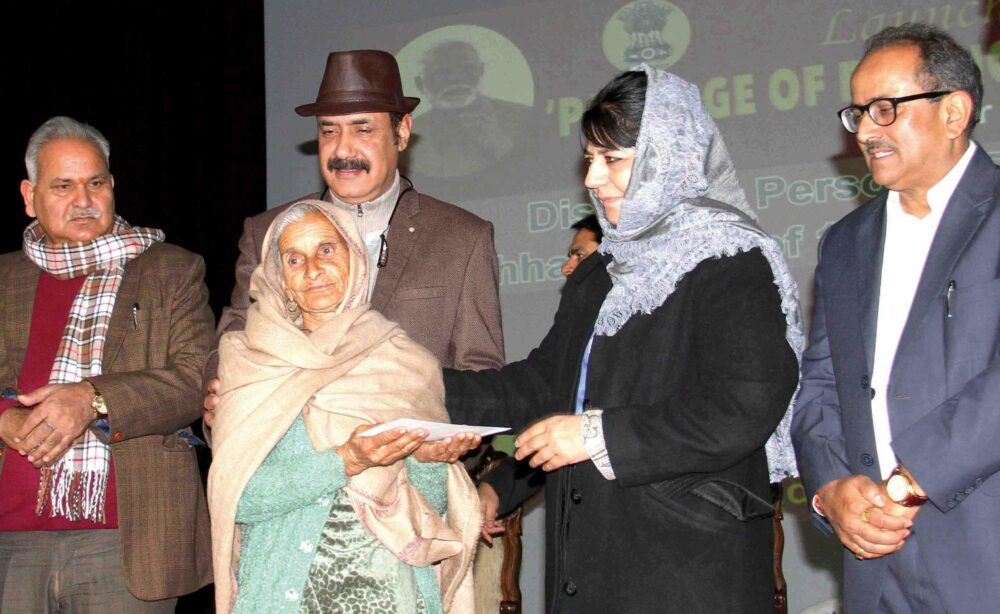
Before the redrawing of the erstwhile state of Jammu and Kashmir into two union territories in 2019, the Jammu and Kashmir Reservation Rules 2005 provided 52 per cent of reservations under various categories. The then reservation breakup included 8 per cent reservation to SC, 10 per cent to STs, 2 per cent to Weaker and Underprivileged Classes (OSCs), 3 per cent to Residents of areas adjoining Line of Actual Control (ALC), 20 per cent to Residents of Backward Areas (RBA) along with a horizontal reservation of 6 per cent available to ex-Servicemen and 3 per cent to Physically Challenged Persons.
Post-August 5, the central government increased the reservation of OSCs by 2 per cent and added Residents of International Border to the reservation quota under Residents of Line of Actual Line of Control/International Border with an added one per cent quota for them. The government also introduced a new four per cent reservation for PSPs in 2020. The EWS was also brought into the reservation fold by granting them a 10 per cent reservation in Jammu and Kashmir which was taken out from the existing 20 per cent quota enjoyed by RBAs.
The government also increased the yearly income ceiling for socially and educationally backward classes from Rs 4.50 lakh to Rs 8 lakh. This helped more people become eligible for reservations.
The 15 new castes under OSCs, currently in abeyance, include Waghey (Chopan), Ghirath/Bhati/Chang, Jat, Saini, Markabans/PonyWalas, Sochi, Christian Biradari (converted from Hindu Valmiki), Sunar/Swarankar Teeli (Hindu Teeli along with already existing Muslim Teli), Perna/Kouro(Kaurav), Bojru/Decount/Dubdabay Brahmin Gorkans, Gorkhas, West Pakistani refugees (excluding SCs) and Acharyas. With these new castes, the list will go up from the current 27 to 42.
Post-August 5, the reservation was extended to nearly 20 lakh people which include 1136043 PSPs; one and a half lakh odd West Pakistani Refugees, and 5 lakh odd people belonging to the newly proposed 15 OSC castes currently put in abeyance.
The new reservation comes in the backdrop of reservation enjoyed by 1493229 STs of the Gujjar/Bakerwal, Gaddi, Sippis, and a few other communities. Also, 924991 people of the SCs account for 7.38 per cent of the total population of Jammu and Kashmir (Census 2011) and have 8 per cent reservation. Besides, nearly 30 lakh other people enjoy reservations under the 4 per cent quota of the OSC, 4 per cent of Residents of the Actual Line of Control and International Border, 10 per cent of RBAs, and 10 per cent of EWS. The new reservation arithmetic post-August 5 is likely to provide reservation benefits to nearly 65 lakh people at the admission, recruitment, and promotion levels in Jammu and Kashmir.
Evolution of Reservation
The reservation politics in Jammu and Kashmir started soon after the government of India constituted Kakasahib Kalekar Commission in 1953 to address the social, economic, and educational backwardness of disadvantaged communities. The commission submitted its report in 1955 in which 2399 castes were declared socially and educationally backward classes across India.
Following suit, the Jammu and Kashmir government appointed the Gajendragadkar Commission in 1956. The commission was appointed for identifying backward castes, communities and areas vide Government order No: 826-C of 1956 during the rule of Bakshi Ghulam Mohammad, the then Prime Minister of Jammu and Kashmir.
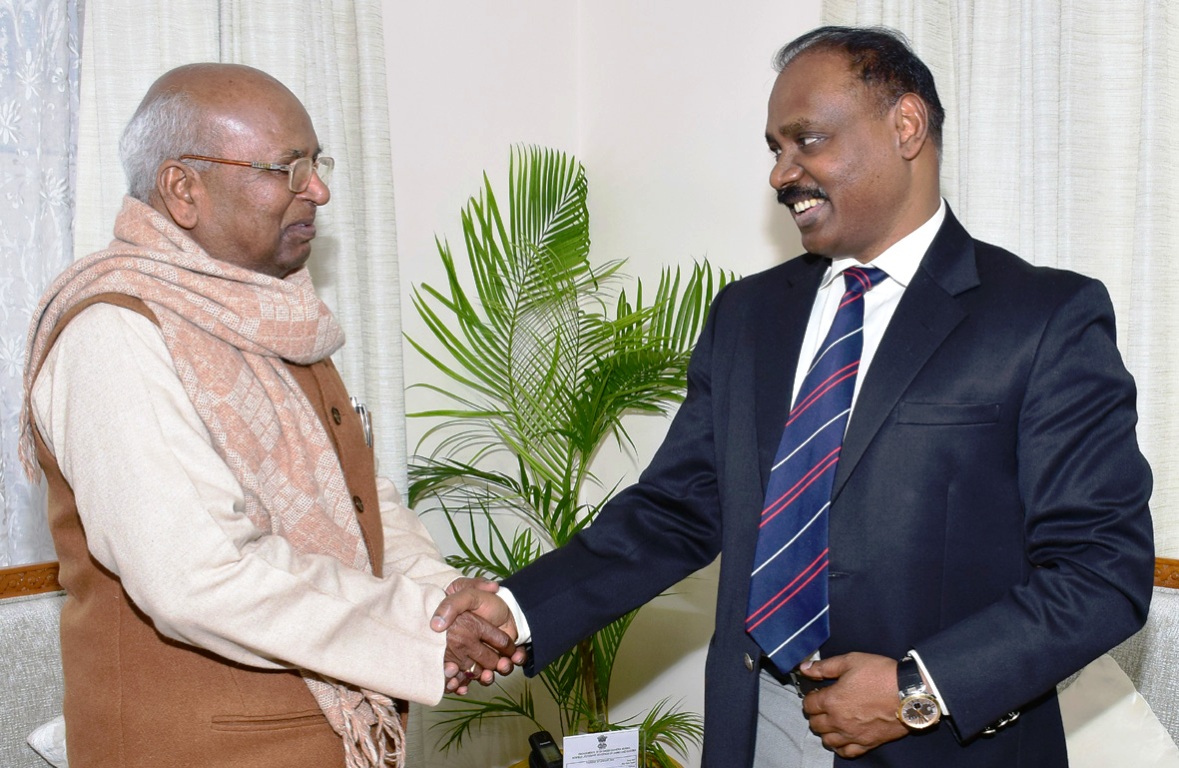
With no concrete outcome until 1969, the government constituted the Backward Classes Committee (BCC) under former Chief Justice of Jammu and Kashmir Janki Nath Wazir. It submitted its report in 1970 prompting the then government of Ghulam Mohammad Sadiq, former Jammu and Kashmir prime minister, to issue an SRO for granting reservation to SCs.
The SRO, however, was not implemented as the 8 per cent reservation proposal was challenged in the Supreme Court of India due to some discrepancies. In order to address these discrepancies, the government constituted a committee under the chairmanship of Justice Dr Adarash Sen Anand, who later became the Chief Justice of India, in 1976 by Chief Minister, Sheikh Mohammad Abdullah. The committee submitted its report in September 1977 with the proposal of the same 8 per cent reservation for the SC community in Jammu and Kashmir. While the Sen Committee was set up, the SCs, under the Wazir Committee recommendations, enjoyed 8 per cent reservation from 1971 onwards.
The movement for reservation of SCs had, however, started way back in 1946 when the depressed classes of Jammu and Kashmir under the banner of Harijan Mandal organised a Dalit Sammelan in Kirpind village in RS Pura. Another protest post-accession was held in Chhan Arorian in the Kathua district in 1956. The people of the SC community sat on a hunger strike for 17 days under the leadership of Babu Milkhi Ram. The main demands included the stoppage of atrocities on Harijans, safeguarding their life and property, and giving them ownership rights on the land they are cultivating. The hunger strike ended with the visit of Bakshi Ghulam Mohammed and Girdhari Lal Dogra to the protesting people, assuring them that genuine demands shall be accepted.
Following the non-implementation of the reservation promise by the Sadiq government, a Jammu-based leader, Baghat Amarnath sat on a hunger strike seeking reservations for SCs. Born in Batote, Amarnath shifted to Jammu’s Shaheedi Chowk in the mid-1960s where he started the Urdu newspaper Pasmandgi to highlight the issues of the SC community.
The movement to get the right of reservation for the Dalit community was intensified in 1970. Meetings were organized in various villages to unite the people of the community. A memorandum of demands was submitted to the Government in April 1970 under which an SRO was issued but not implemented. Soon, Amarnath along with other leaders went on a hunger strike at Karan Park, near the Civil Secretariat Jammu. The government avoided a response, forcing Amarnath to convert his fast into fast-unto-death. His condition deteriorated forcing the government to shift him to SMGS hospital. However, Amarnath didn’t survive forcing the government to accord reservations to the SC community in Jammu and Kashmir.
During the fag end of the Dogra rule, two berths in the 75-seat Praja Sabha (which became the J&K assembly) were reserved for the Megh community members who are SCs. The SCs, who were untouchables, got just two seats after the Franchise Committee of 1933 had proposed them. The Franchise Commission was set up following the British government’s Glancy Commission of 1931 for identifying SC community members in India.
Reserved Backward Areas
In the case of reservation for RBA, which was slashed in 2019 from 20 per cent to 10 per cent, the politics started in 1984 under the Ghulam Mohammad Shah government. Shah, who was facing trouble managing his government, started dolling out reservations to backward areas, where his party men had interests.
The RBA reservation started at two per cent and reached 20 per cent in 1995. Initially, 18 per cent of Jammu and Kashmir villages were notified as backward. In 2019, the percentage rose to over 42 per cent.

Entire Ladakh region apart, official data suggests of the total 6553 villages, 2763 stand notified as backward. The RBA reservation of 20 per cent was also incorporated into the Jammu and Kashmir Reservation Act 2005 giving reservations to around 30 lakh people in the then-state. The Act was amended in 2019, before August 5, to pave way for a 10 per cent reservation to EWS while cutting down the RBA quota by 10 per cent.
The criteria followed to declare a village as “backward” was based on the recommendations of the Jammu and Kashmir State Commission for Backward Classes, which first assessed the development scenario of the area on the basis of 52 indicators, including its social and educational backwardness.
Scheduled Tribes
The STs comprising Gujjar/Bakerwals, and Gaddis and Sippis, who currently have 10 per cent reservation started their getting the reservation benefits in 1991 when former Congress leader Rajesh Pilot got them inducted into the benefit net.
However, the government of India’s decision was a result of the recommendation of the Farooq Abdullah government of 1989, which had proposed the ST for even the PSPs who were left out by the Congress party.
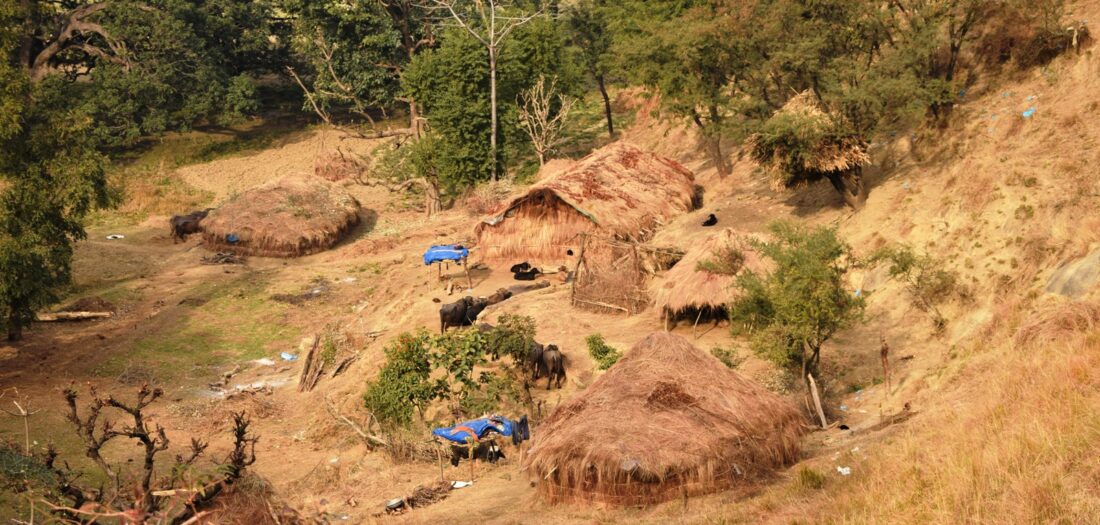
Prior to recommending ST in 1989, Farooq Abdullah government in 1983 had written a letter to the then Prime Minister Indira Gandhi in which he had asked for ST status for Gujjar, Bakerwals, Gaddis, Sippis, Bazigars, Champas, and Sansis.
“I have been in correspondence with the Union Home Minister on the subject of scheduling some tribes of the state,” Farooq Abdullah’s letter dated November 23, 1983 reads.
In the letter, Abdullah also proposed declaring populations of districts of Leh, Kargil, Poonch, and Rajouri as STs. He also proposed the ST status to the entire population inhabiting the tehsils of Uri, Karnah, Gurez, Kishtwar, and Machil along with a few other areas of the state.
Paharis
The Paharis along with Paddari, Koli, and Gadda Brahman tribes, who would now be included in the ST fold, have been trying to get in the reservation pie for decades.
The Paharis were left out of the ST fold in 1991. Following this, former Jammu and Kashmir Governor General (retired) KVKrishna Rao in 1993, again recommended scheduling Paharis as a tribe but to no avail. Former deputy chief minister Muzaffar Hussain Baig, himself a Pahari, moved a resolution that was unanimously adopted by the Assembly in 2005 under the leadership of the then chief minister Mufti Mohammed Sayeed underscoring the need for the grant of ST status to the community.
The working group constituted by former Prime Minister Manmohan Singh on Centre-State Relationship headed by Justice Saghir Ahmed also recommended scheduling of Paharis as a tribe under the Constitution.
In 2014, the National Conference-Congress coalition headed by Omar Abdullah got a bill passed by the assembly seeking to amend The Jammu and Kashmir Reservation Act, 2004 to include Paharis as a beneficiary category.
However, the then Governor Narinder Nath Vohra returned the bill asking the Social Welfare Department to seek recommendations from the State Commission for Backward Classes on how to identify Pahari Speaking areas; criteria to be adopted for identification of such areas; basis on which the persons can be declared as PSPs and the backwardness, inadequacy of representation and overall administrative efficiency of such areas.
With Omar Abdullah losing power along with Congress in late 2014, the successor BJPDP government dumped the bill till the BJP-led government in 2020 accorded a 4 per cent reservation to PSPs after post-reading down Article 370.
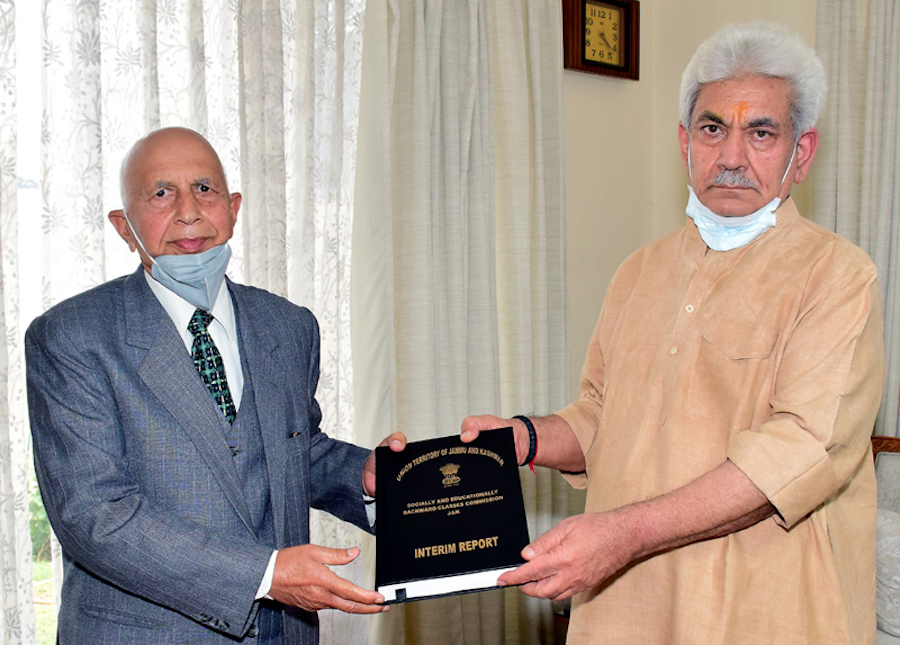
Other Social Castes
The OSC, having four per cent reservation since 2020, were brought into the reservation fold of Jammu and Kashmir in 2004 when they were accorded two per cent reservation. The OSC, which currently has 27 castes with 15 more added and kept in abeyance recently, have been demanding 27 per cent reservation at par with OBCs who, as per Mandal Commission recommendations, have enjoyed reservation since 1992.
RK Kalsotra, President of All India Confederation of SC, ST, OBC Organisations’ Jammu and Kashmir Chapter claims that the population of the OBCs in Jammu and Kashmir is currently more than 60 per cent of the population.
“In 1992, the OBCs in India were 51 per cent of the population who got 2 per cent reservation. In Jammu and Kashmir, the OBC population then was 31 per cent but they got just 2 per cent,” Kalsotra said, adding that OBC reservation at par with the national level is required in Jammu and Kashmir irrespective of religion.
The in-vogue Jammu and Kashmir Reservation Act 2005, which remained applicable post-August 5, is based on the recommendations of the KK Gupta Commission constituted in 1994.
West Pakistan Refugees
West Pakistan Refugees (WPR) migrated from Sialkot in Pakistan’s West Punjab to Jammu and Kashmir and other states of India in August 1947. Since these refugees and their descendants were not residents of the undivided princely state, they were denied citizenship rights. They also did not have the right to own property or employment in the state government or the right to vote in the assembly elections. Their Indian citizenship allowed them the right to vote for the parliament and get central government jobs. This changed on August 5, 2019, when Article 370 was read down and the Permanent Resident Certificate of State Subjects of J&K became irrelevant.
As per official figures, 5764 WPR families had migrated from Pakistan. Along with Kathua and Samba districts, the WPR families have also settled in the Reasi, Udhampur, and Doda districts of Jammu. The total number of families has increased to 21169, comprising 1.5 lakh persons. The community has now been brought into the reservation fold as part of the new 15 castes in the OSCs category. Even though the list is in abeyance, the community is likely to get reservation benefits. The WPRs, who are SC, would get reservations under the SC fold.
Along with WPRs, Valmikis (Dalits) who got into Jammu and Kashmir in 1975 from Punjab are also slated to get reservation benefits. The Valmikis, mostly scavengers and Safai Walas, are around 10,000 people residing in Jammu city.
Disadvantageous Open Merit
While the reservation arithmetic is being re-worked, the percentage is likely to go up or remain unchanged. The communities reserved and de-reserved would impact the open merit category. In the coming days, berths in admissions, jobs, and promotions will be in more demand and little in supply.
(The report appeared as Cover Story of Kashmir Life Vol 14, Issue 31 with the headline The Reservation Conundrum)















